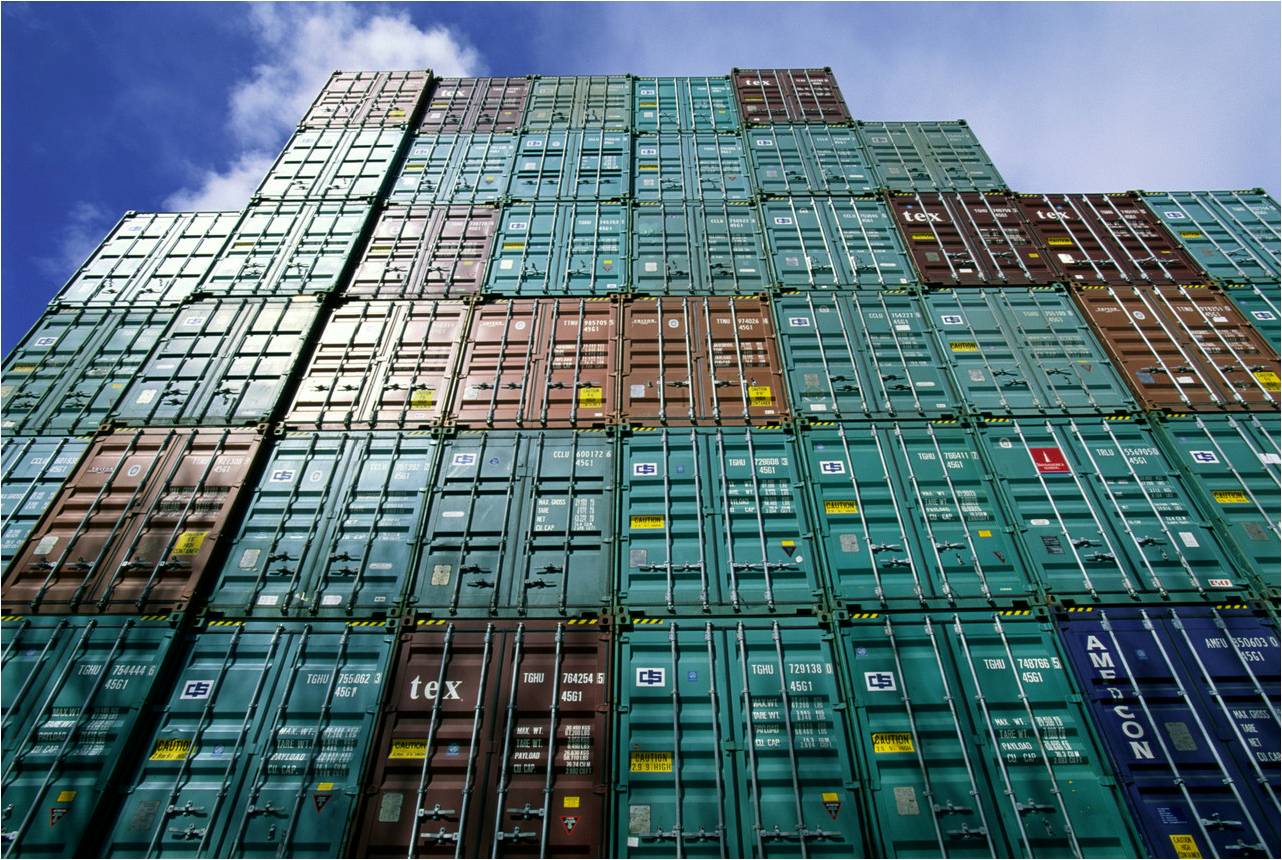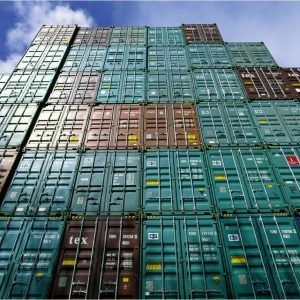
 Something about international shipping has countries worried. And they’re considering legislating it, which makes shipping industry professionals nervous.
Something about international shipping has countries worried. And they’re considering legislating it, which makes shipping industry professionals nervous.
What’s the issue? Invasive species.
What do invasive species have to do with international shipping? Well, shipping is one of the biggest ways invasive species are spread around the world. All the way back in 2012, when “green” was a huge business buzzword (not that “going green” is not still important), we posted a blog about invasive species traveling in the ballast water of freighters, including container ships.
However, there’s another way invasive species are traveling through international shipping that’s being looked at now: riding on the outside of shipping containers.
Alex Lennane wrote in an article in the Loadstar:
This week GSF met with the International Plant Protection Convention (IPPC) in Arizona. IPPC is investigating concerns that parasites and other invasive species are being spread globally on the outside of containers, contributing to the demise of local ecodiversity.
“It’s a big issue,” said James Hookham, secretary general of GSF. “There is heightened anxiety that contaminating species are travelling on containers via bird poo, snails and parasites.”
Just how serious of a problem is invasive species? Most of us have probably heard the term before, but the National Wildlife Federation (NWF) defines invasive species particularly well:
An invasive species can be any kind of living organism—an amphibian (like the cane toad), plant, insect, fish, fungus, bacteria, or even an organism’s seeds or eggs—that is not native to an ecosystem and causes harm. They can harm the environment, the economy, or even human health. Species that grow and reproduce quickly, and spread aggressively, with potential to cause harm, are given the label “invasive.”
A stat that might surprise many from the NWF is “approximately 42 percent of threatened or endangered species are at risk due to invasive species.”
But many would also be surprised to learn that invasive species also put human health and economies at risk. The most obvious economic area at risk when it comes to invasive species is the agricultural sector. That puts developing nations at particular risk, but developed nations are seriously impacted as well.
The U.S. Fish & Wildlife Service published a fact sheet back in 2012 about the economical impacts of invasive species:
The negative consequences of invasive species are far-reaching, costing the United States billions of dollars in damages every year. Compounding the problem is that these harmful invaders spread at astonishing rates. Such infestations of invasive plants and animals can negatively affect property values, agricultural productivity, public utility operations, native fisheries, tourism, outdoor recreation, and the overall health of an ecosystem.
The problem has not abated since 2012. In fact, it would make sense to think it has only gotten worse given the world trade growth over the last six years.
With these alarming impacts from invasive species traveling the world on the outside of shipping containers, it’s not surprising to read in Lennane’s Loadstar article that “North America, Australia and Japan have all expressed concern over the issue…”
But that sentence doesn’t end with the concern around the globe about the invasive species on shipping containers but by stating, “… the fear among the maritime industry is that the UN or governments will attempt to regulate.”
Regulating the washing of shipping containers to prevent the spread of invasive species would be an extremely challenging thing, perhaps even nightmarish.
Lennane’s article quotes a shipping industry professional who’s trying to express just how difficult regulation on this issue would be:
“We want to help the [International Plant Protection Convention] understand how complex it would be to legislate on the cleaning of the outside of containers, and instead promote awareness of the issue through self-regulation,” added [Secretary General of GSF,] Mr. [James] Hookham…
“A container can be in a yard for two weeks, then on a chassis, then at the terminal – contamination can happen anywhere.”
…
“It could become like the IMO or VGM rules. Everyone will have to do it, and there’ll be confusion and frustration.”
Remember how frustrated and confused people were about the new Verified Gross Mass rules back in 2016? Oh, people were freaking out. But in the end, it was much ado about nothing as implementation was relatively smooth.
Maybe good rules about the cleaning of shipping containers could go the same way. However, figuring out how to keep shipping containers clean and invasive species free seems like a much more complex problem than weighing loaded containers.
Still, just like safety is an important issue warranting legislation to get accurate weights of shipping containers to prevent injuries and deaths, the problem of invasive species on shipping containers warrants the finding of solutions.
If not through legislation, then how would change come? Self regulation on the issue does not seem likely to produce results. But legislation could cause serious logistical complications and expenses for port operators, carriers, and shippers.
What do you think? Are new laws and regulations needed when it comes to invasive species.
Discover more from reviewer4you.com
Subscribe to get the latest posts to your email.






